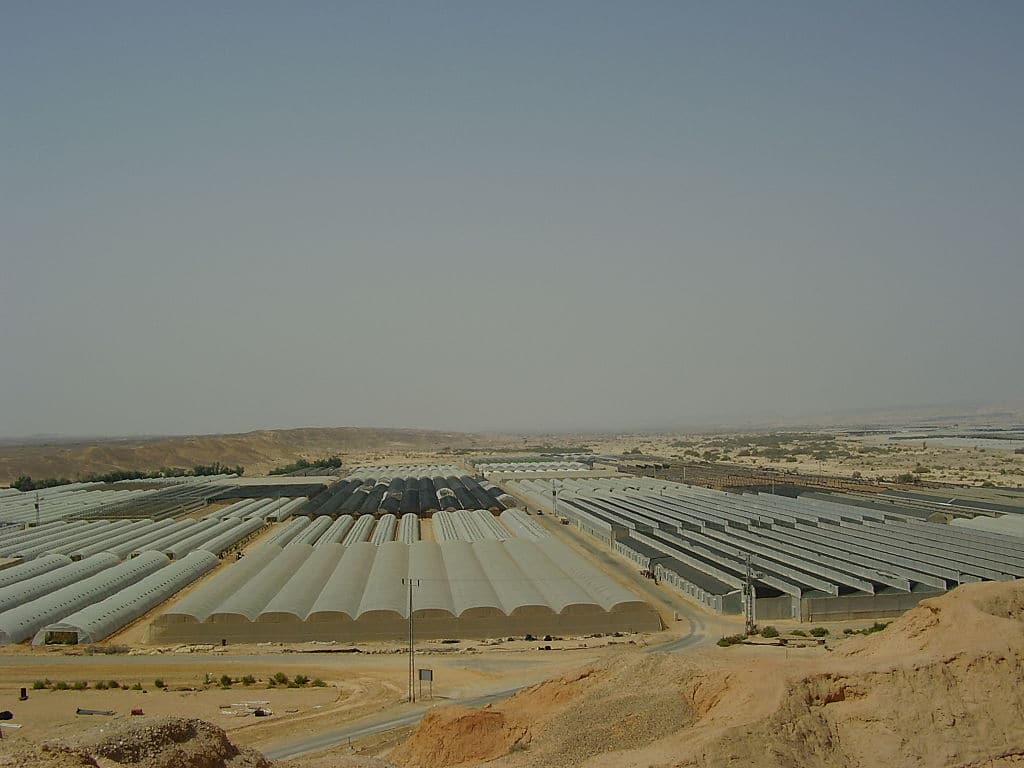Israel is a small country, only 20% of which is arable land, and with an increasing need for new power generation capacity. This means agricultural activities and the energy business may be soon competing for land and this is a conflict that the Israeli government wants to avoid.
For this reason, the Israeli Ministry of Energy and the Ministry of Agriculture have joined forces to explore whether agrivoltaic projects can become a feasible solution in the domestic energy market, and have decided to finance, with ILS3.5 million ($1 million) six different studies on how to combine agriculture and solar power generation.
“The dual use of land, for agriculture and the production of solar electricity, is an important step for us,” said Minister of Energy Yuval Steinitz, adding that the commitment to agrivoltaics will be part of the government plan to add 15 GW of PV by 2030.
Solar power generation will be tested on orchards, fields, and greenhouses. One of the six studies, conducted in partnership with the European Union, will investigate the potential of special solar panels for deployment on the roofs of greenhouses and inside the greenhouses themselves. “The aim of the study is to reduce the power consumption of greenhouses in hot areas by 40% or, alternatively, to generate electricity for the grid and reduce greenhouse gas emissions by 25%,” the Israeli government specified.
Other research will be implemented by the Gilat Research Center for Arid & Semi-Arid Agricultural Research-GCASAR, the Hebrew University, and the Tel Aviv University, among others.
In a recent chat with pv magazine, Eitan Parnass, director of the GEA-IL, said that around 40% of Israel's projected new PV capacity should come from large scale solar, as only installations of this size may ensure the planned gradual phasing out of natural gas combined-cycle plants, which are still the primary source of electricity in the country. He emphasized, however, that Israel is a relatively small country and that land-related issues will arise, and therefore costs will escalate, for the developers of large scale solar PV projects in the years to come.
This content is protected by copyright and may not be reused. If you want to cooperate with us and would like to reuse some of our content, please contact: editors@pv-magazine.com.




2 comments
By submitting this form you agree to pv magazine using your data for the purposes of publishing your comment.
Your personal data will only be disclosed or otherwise transmitted to third parties for the purposes of spam filtering or if this is necessary for technical maintenance of the website. Any other transfer to third parties will not take place unless this is justified on the basis of applicable data protection regulations or if pv magazine is legally obliged to do so.
You may revoke this consent at any time with effect for the future, in which case your personal data will be deleted immediately. Otherwise, your data will be deleted if pv magazine has processed your request or the purpose of data storage is fulfilled.
Further information on data privacy can be found in our Data Protection Policy.